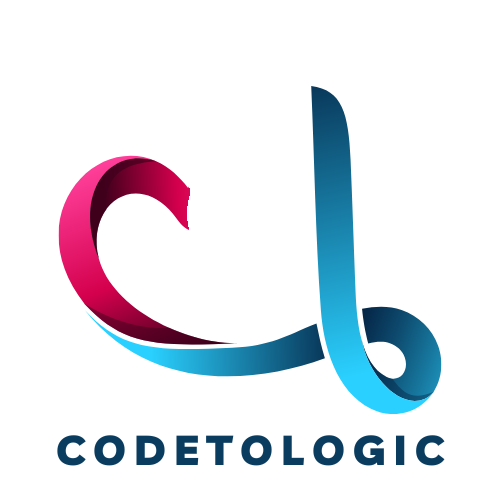27 Jul
The global pandemic has begun with the Wuhan, China in December 2019. It has spread over 214 countries within three months. 2,938,308 people have confirmed the positive cases of coronavirus infection and 203,797 people have died from the Covid-19 pandemic as reported by worldometers(1)on 26 April 2020. AI-based approaches that cater to Machine learning and Deep Learning become a powerful tool to combat the COVID-19 pandemic. The nuanced approaches of AI-based technology have helped in monitoring the COVID-19 outbreak and in the real-time prediction of infected people. Big data has facilitated patient health analysis, drug manufacturing, and diagnosis resistance. Let’s analyze the current capability of AI and data science to alleviate the COVID-19 outbreak.
Disease Surveillance AI
COVID-19 is tremendously spread by human-to-human contact. So, it is important to trace the infected humans from residential complexes. In December 2019, Canadian based BlueDot has identified a cluster of pneumonia-like disease(2)in Wuhan, China. The report was way ahead before the WHO and CDC of the USA. It incorporates AI algorithm to analyze big data from various sources like health data, news reports, airline ticketing data, government notices, and disease networks for detecting the appearance of new infectious diseases. AI can predict the early spread of infection or pandemic. Mobile phone data play an important role to track the early spread of disease by analyzing the movement of people. Blue Dot predicted the early spread of Coronavirus disease from Wuhan to other Asian cities based on airline ticketing data. Public health authorities can implement their health policies and strategies based on AI-driven disease spread data.

Disease Surveillance AI: Tracking the Early Spread of COVID-19 Pandemic
Diagnostic AI
Zegami, a UK-based organization, has created an ML model that can identify the coronavirus cases by incorporating x-rays of COVID-19 infected lungs, artificial intelligence techniques, and data visualization tools. It has gathered data from NHS foundation trust, UK. According to Zegami, the new model(3)can differentiate COVID-19 cases from other lung infections like bacterial pneumonia and viral pneumonia. Researchers from Tianjin Medical University, China randomly assigned chest CT scan images from the COVID-19 and non-COVID-19 patients to test their deep learning algorithm. They claimed that their AI-model identified COVID-19 from CT scan images with 89.5% accuracy. The result gives hope that AI can give an accurate diagnosis from a chest CT scan.

Diagnostic AI: Giving accuracy to COVID-19 cases
Curative Research AI
AI is consistently giving its arms for researchers to find a vaccine against SARS-CoV-2. Google’s DeepMind has released AlphaFold that can predict the 3D protein structure of its genetic sequence. DeepMind has released protein structure related to SARS-CoV-2 helping researchers to better understand the virus.Iktos’ Ai technology works on deep generative models that enhance the speed and efficiency ofthe drug discovery process. The company is aiming to design virtual novel molecules that can accommodate all the characteristic features of a novel drug candidate. Further, SRI’s SynFiniTMand Iktos’ generative modeling technology(4)have collaborated to design novel and optimized compounds to treat coronavirus and viral infections. This has solved the key challenging issue of drug design and paved its way for clinical testing.

Curative AI: Paving a Way Ahead for Novel Drug Discovery for Coronavirus
Facial Recognition and Fever Detector AI
Sonovia, an Israeli startup, has made AI-based anti-pathogen and anti-bacterial face masks. It helps to prevent the spreading of coronavirus pathogens from coughing and sneezing. Fever is the prime symptom of coronavirus pandemic. So, detecting fever at the airports, bus stations, and railway stations can eliminate the entry of infected personnel in the residential population. Rokid Corp, a Chinese firm, has developed the AI-enabled glasses(5)that detect the body temperature of people. It works based on non-contact thermal augmented reality. It is fitted with a camera and a cable sending alerts and making digital records by detecting fever to the visitors.

Fever Detector AI: Detecting Body Temperature by AI-Enabled Glasses
Virtual Healthcare Assistants (ChatBots)
The overwhelming cases of coronavirus infection have led the Government to set up a virtual healthcare assistant that can solve the queries related to the COVID-19 pandemic. A Canadian company Stallion-AI has built a multi-lingual virtual healthcare agent(6) that can answer queries related to coronavirus infection. It accomplished its establishment by leveraging its natural language processing capabilities. Virtual chatbots can recommend protection measures, provide reliable information, monitor symptoms, and advise individuals whether they need hospital screening or self-isolation at their homes.
Final Thoughts
The potential of AI is not fully utilized by researchers and Government organizations. There are miles to go to achieve a standard dataset for AI. The current use of AI is extremely constrained by lack of data, scarcity of historical data where AI can train its models, unavailability of open datasets to work on, and non-adjustment of algorithms. Besides, scientific facts and findings need to be evaluated before clinical trials. At last, the world is needed more open datasets where AI can perform its supreme ability to combat the COVID-19 pandemic.
